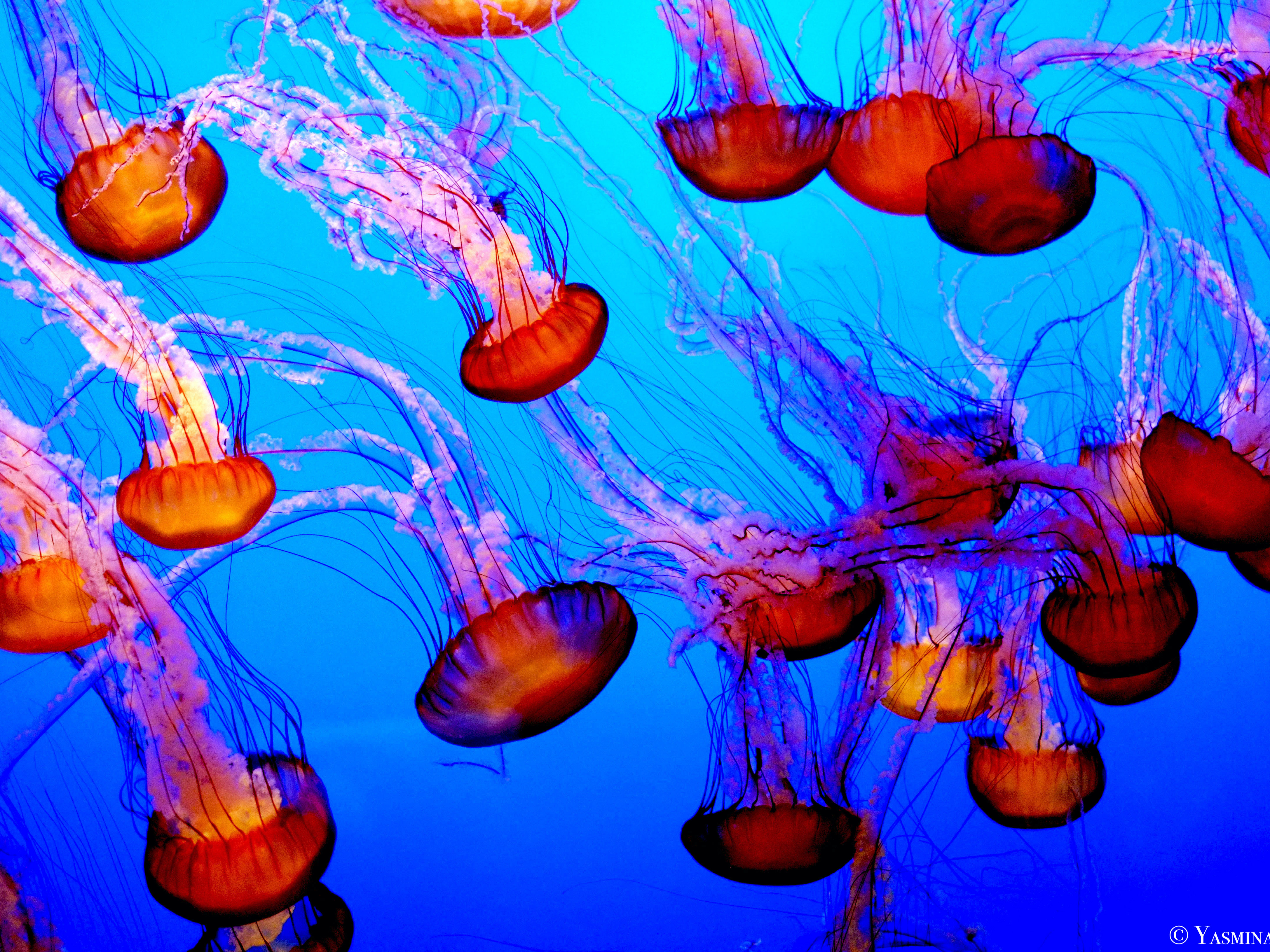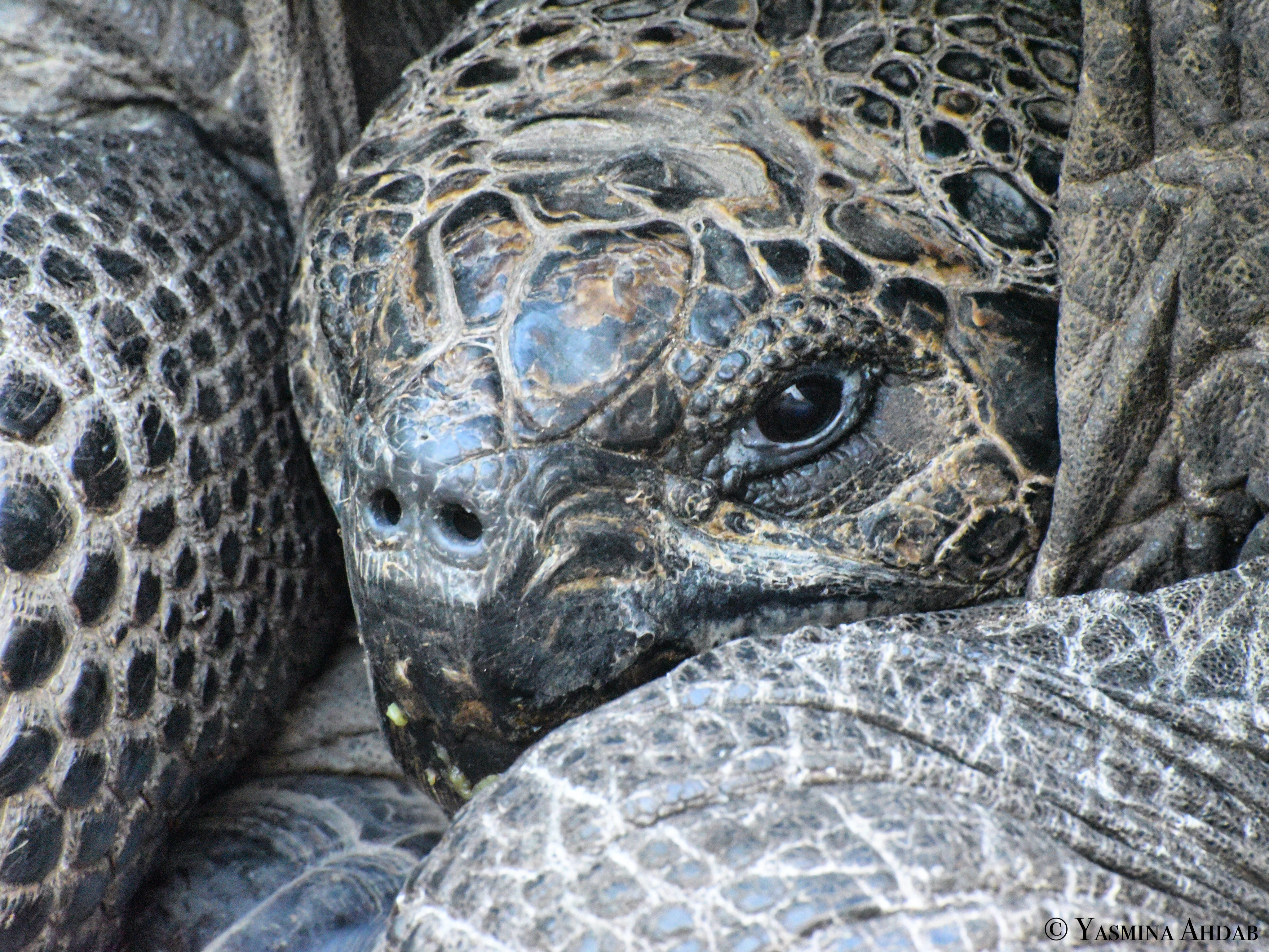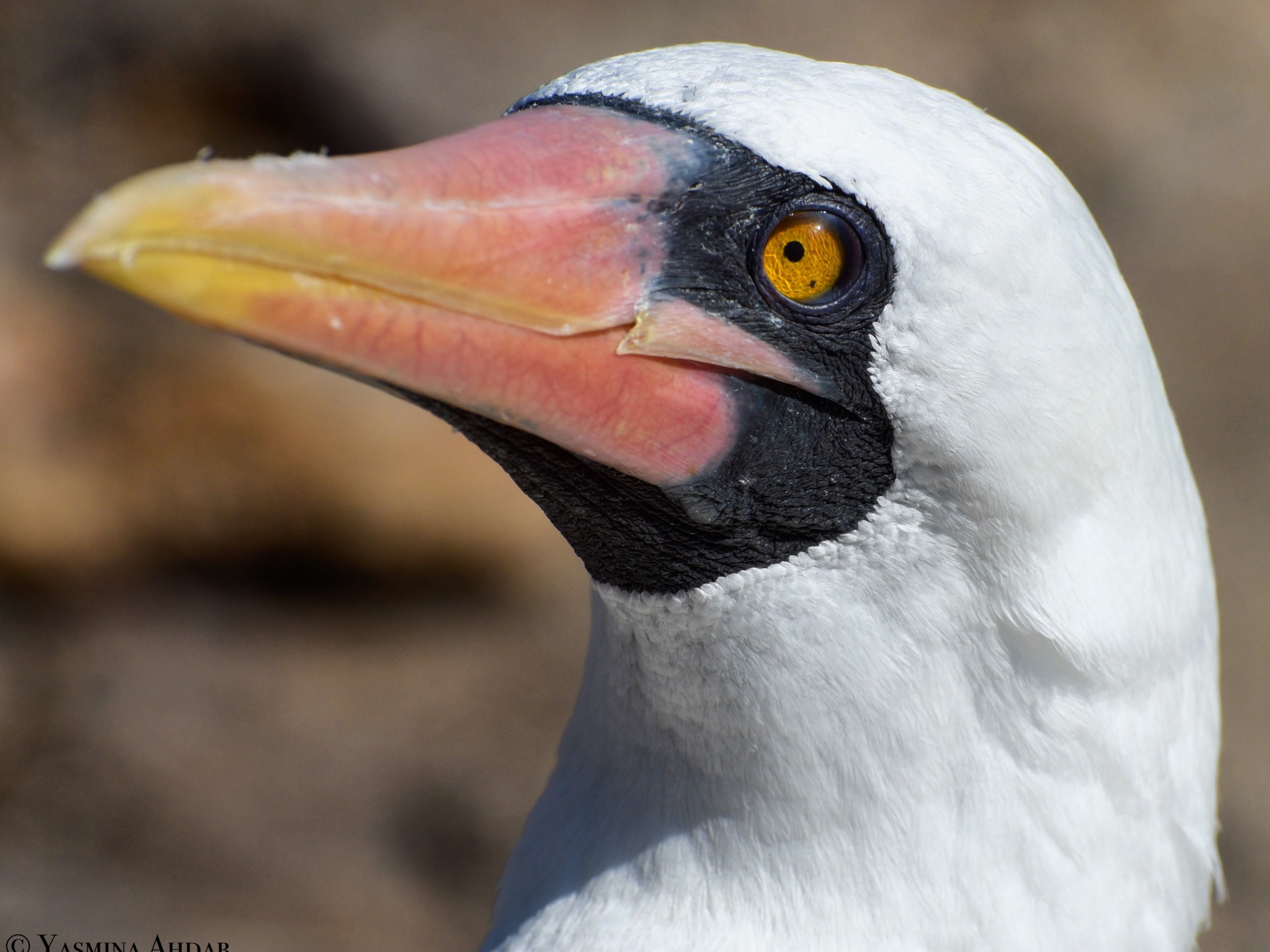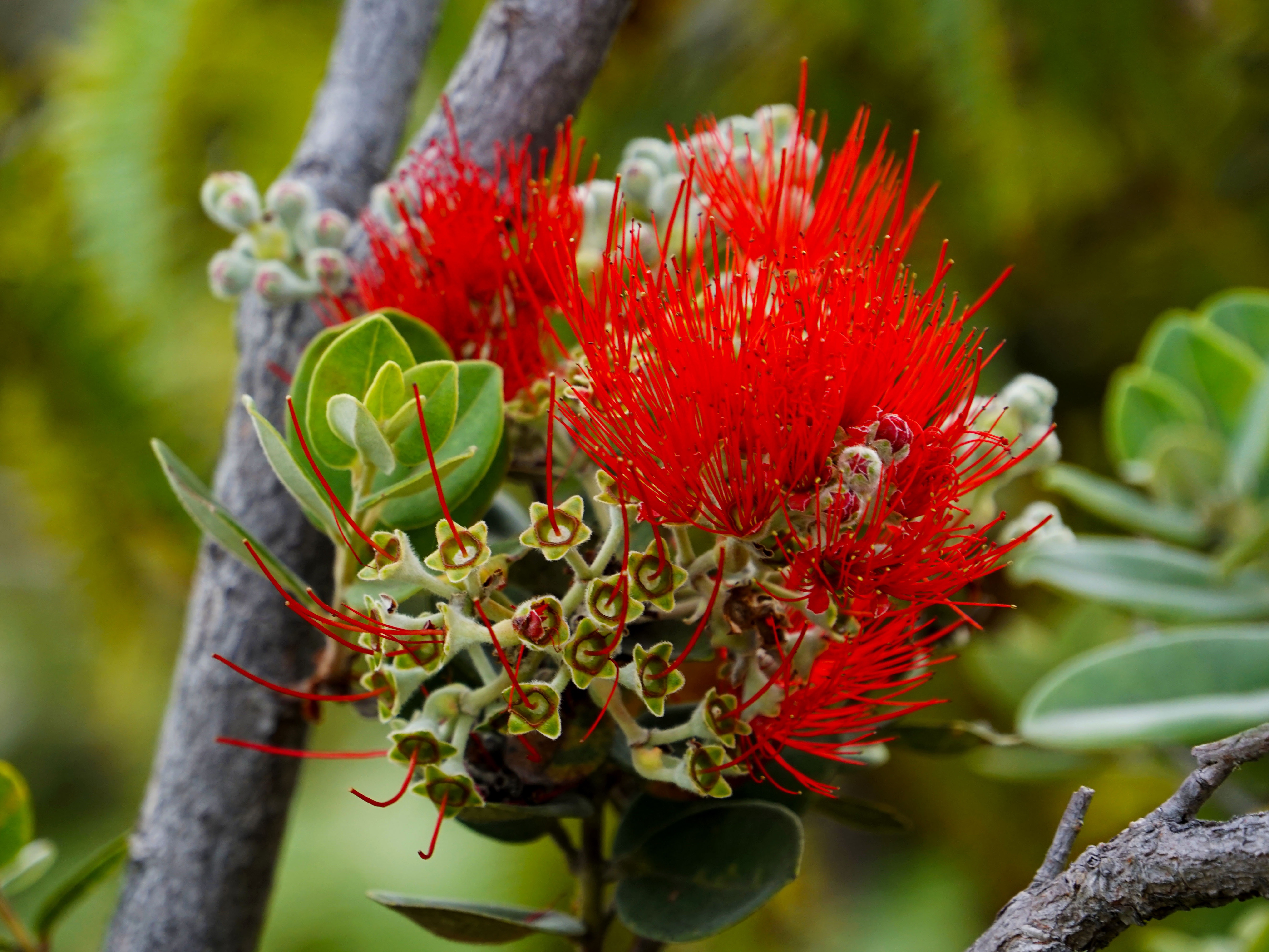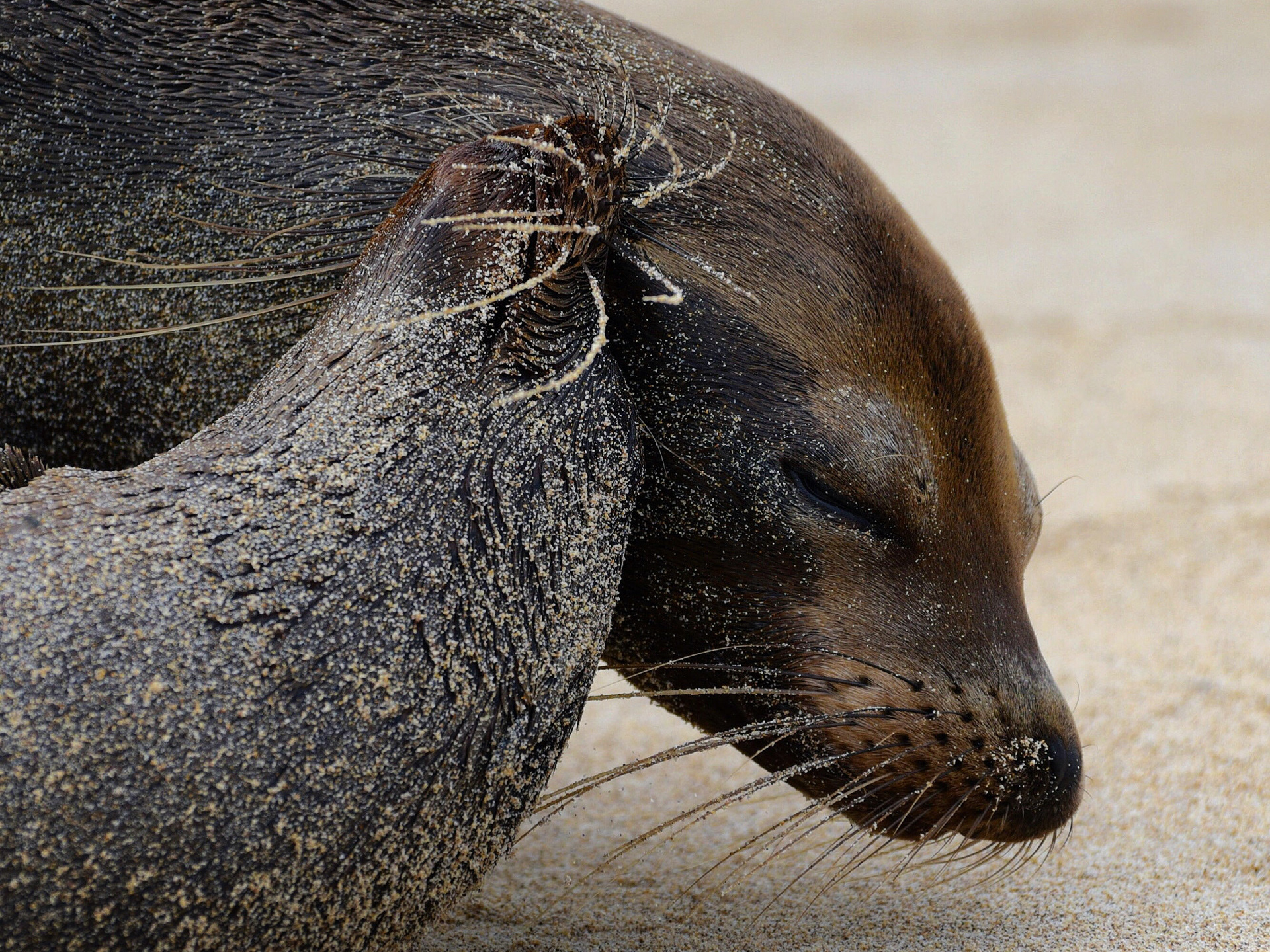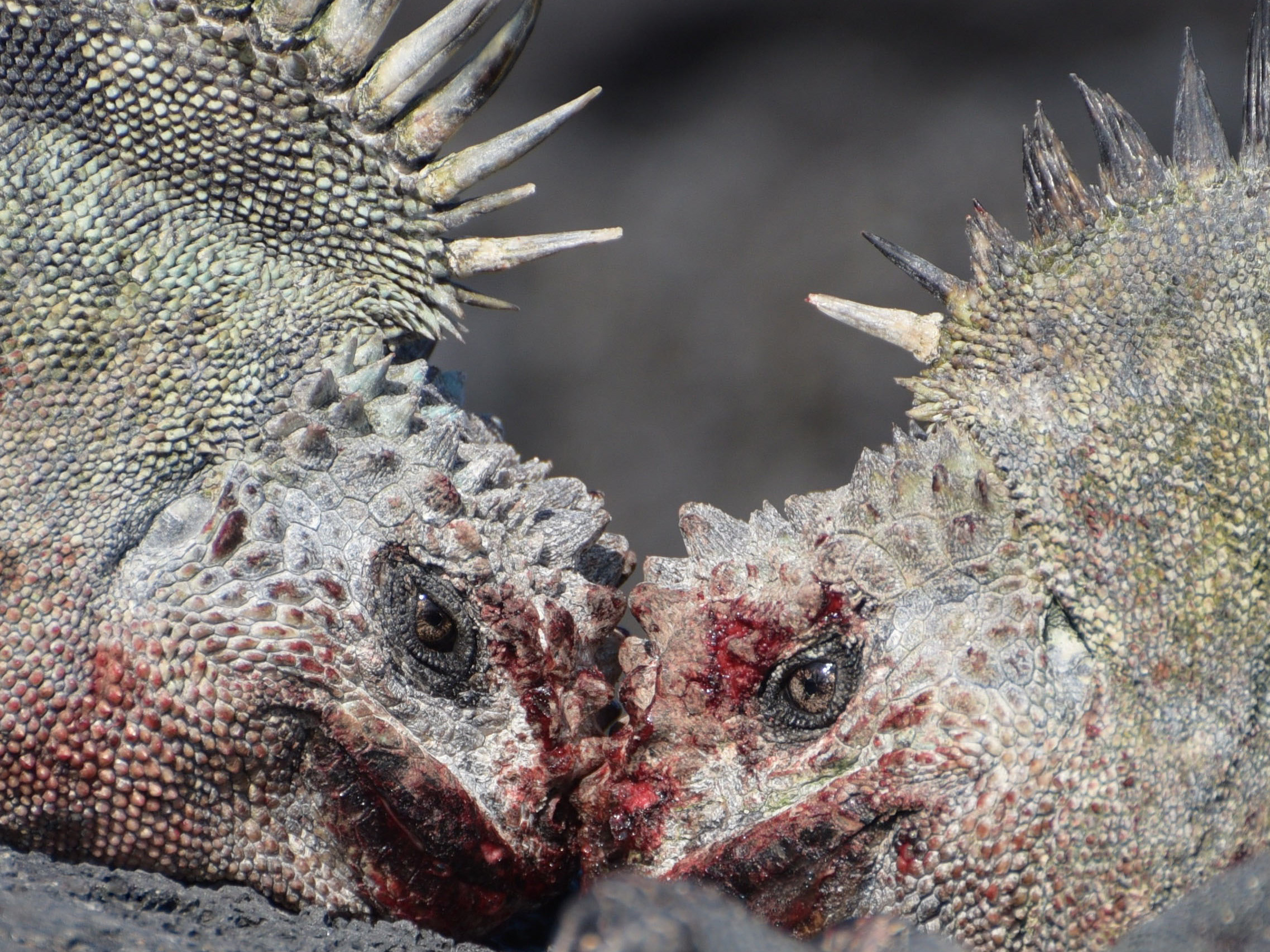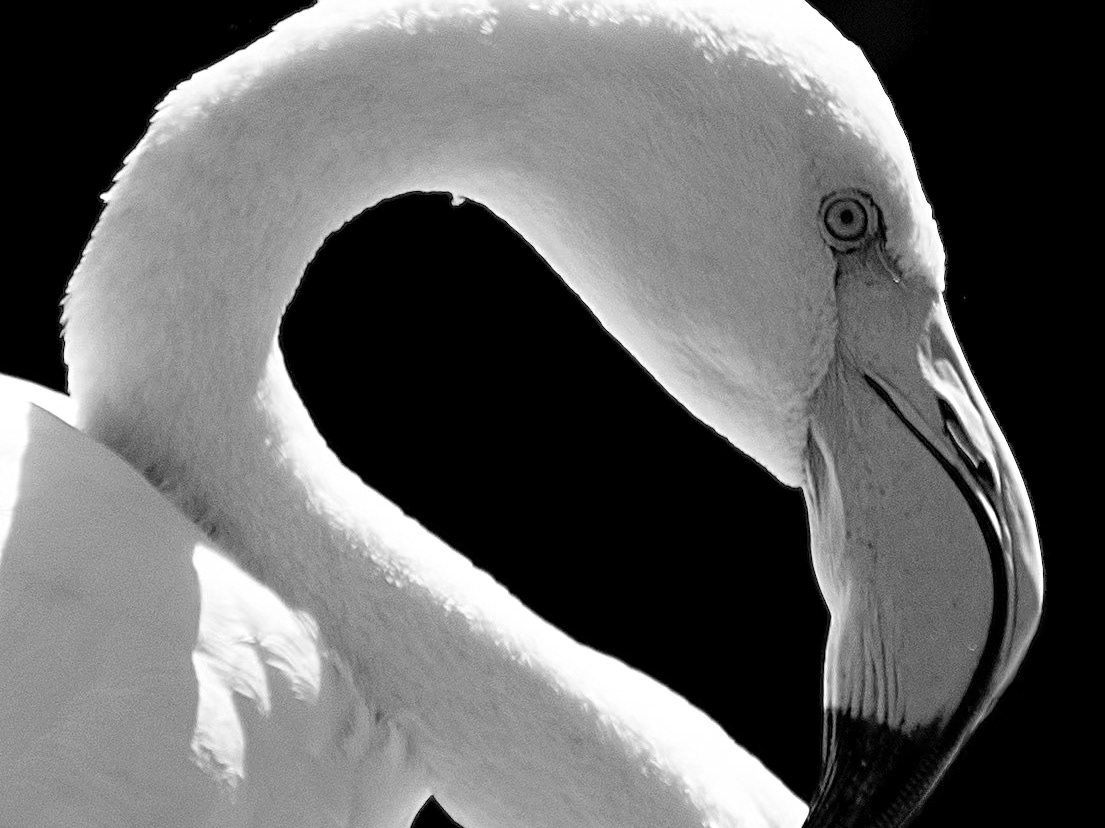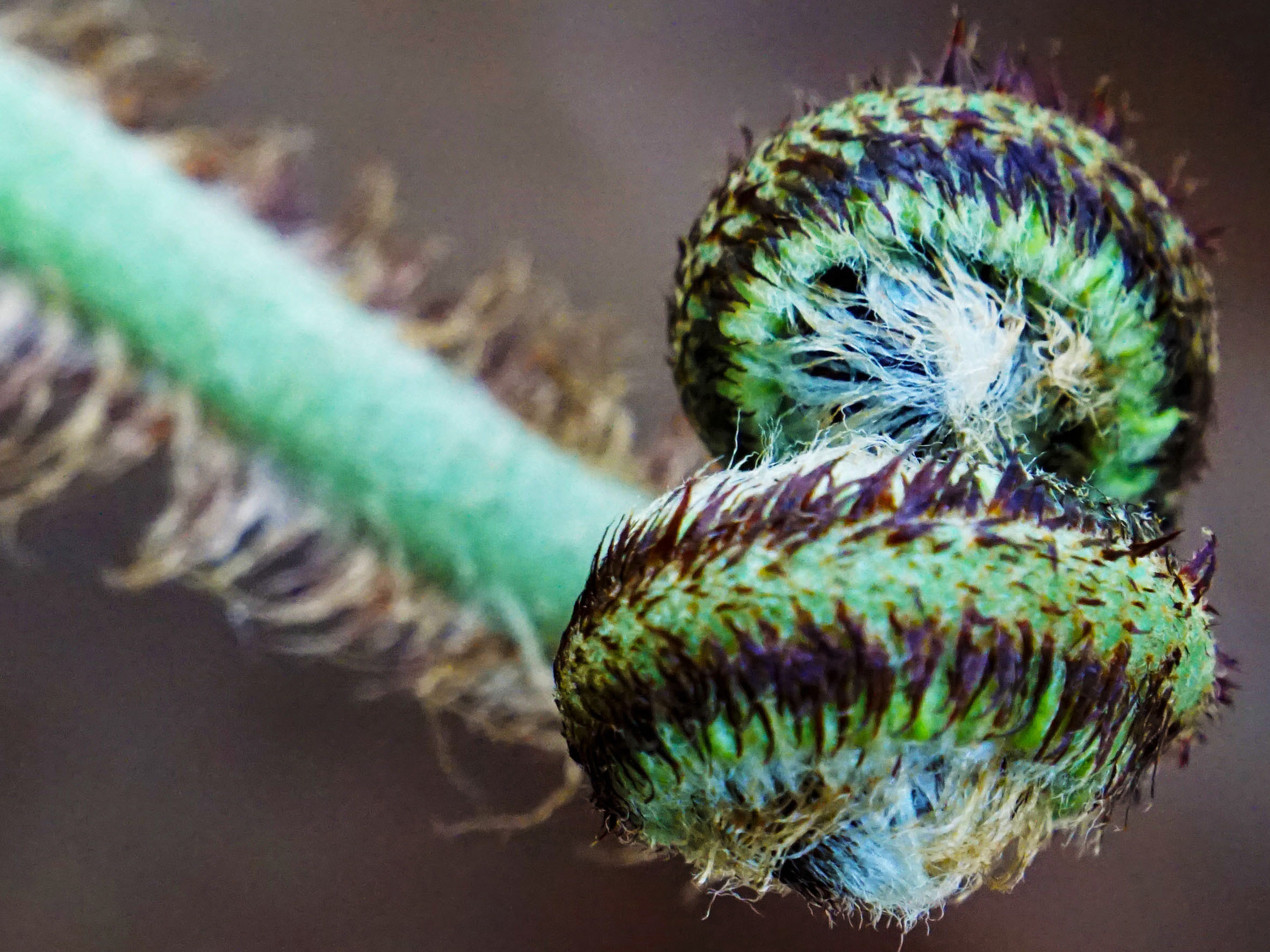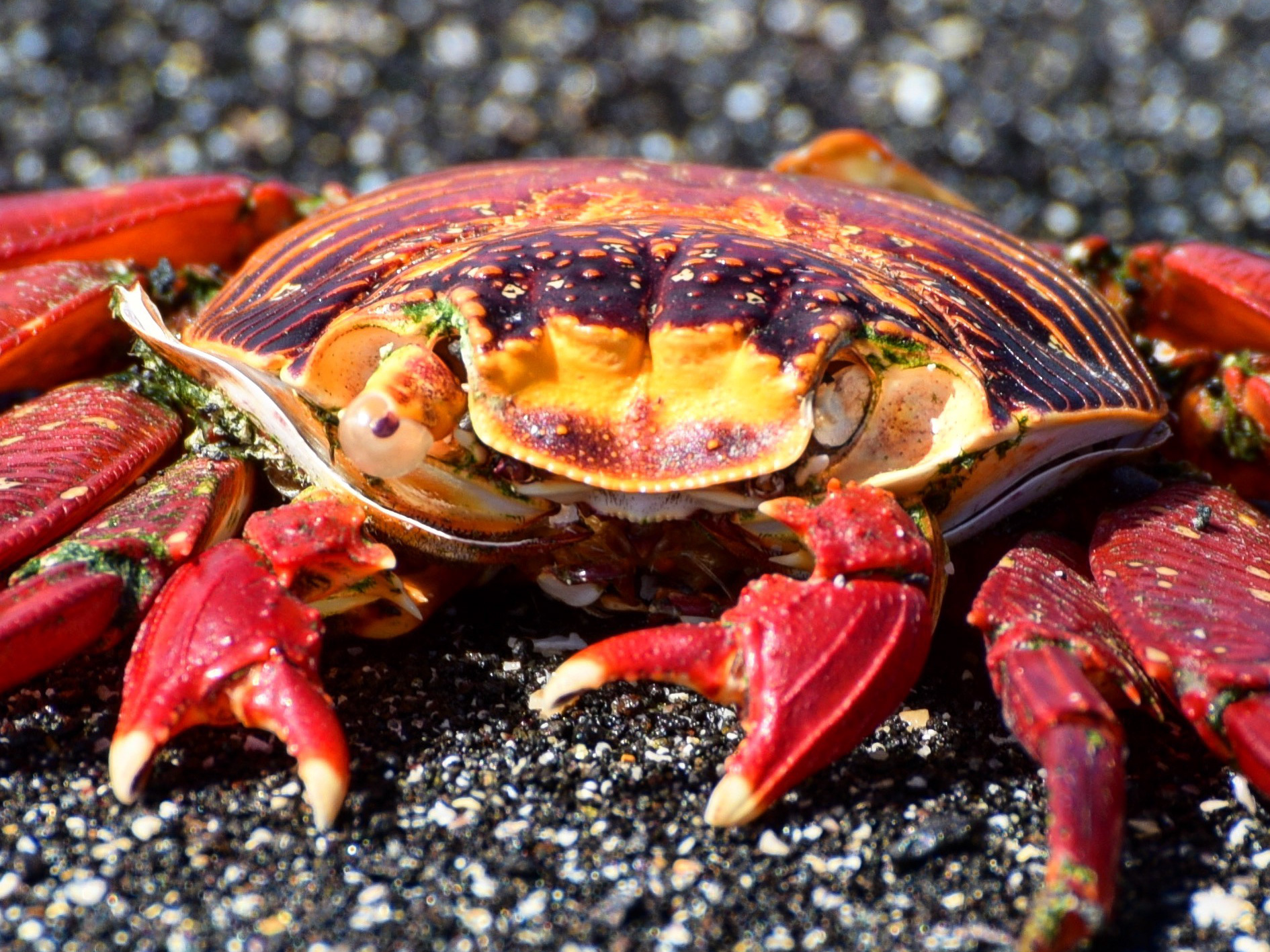Common Name: scarlet macaw
Scientific Name: Ara macao
Animal Facts
Central and South American scarlet macaws (Ara macao) have distinct red, blue, and yellow coloring. These striking creatures are the world’s largest parrots, reaching up to 33 inches in length from beak to tail. This is comparable to the size of a toddler! They have evolved robust beaks that can break through tough nuts and seeds. Remarkably, scarlet macaws can consume toxic fruits that are lethal to other animals! Scientists hypothesize that this may be due to the ample amounts of clay they consume, which is thought to neutralize plant toxins. These parrots are also known for their monogamous tendencies, remaining with one partner for life. Partners express affection by grooming and licking each other’s faces. Once paired, these birds are rarely seen alone except to forage when one bird is incubating the eggs. Interestingly, scarlet macaws, and most other parrots, primarily use their left foot when eating and holding things. This left-handedness appears to be linked to the same principle as human preference of right-handedness. In other words, it may be due to biological causes, specifically genetic factors.
Interaction with Humans
Although scarlet macaws are fairly common in some regions, they have suffered local extinction in others due to predation for the exotic pet trade or habitat destruction. In Costa Rica, where this photograph was taken, these parrots are often stolen from their nests and sold on the black market for over $200. Chicks are also illegally trafficked into the United States where they may be sold for up to $4,000! This is quite a challenge for conservationists who are relying on tourism and local governments to dedicate more time to the protection of these unique birds.
Sources
• Alderton, D. (2003). The Ultimate Encyclopedia of Caged and Aviary Birds. London, England: Hermes House, 234p.
• BirdLife International. (2016). Ara macao. The IUCN Red List of Threatened Species, 2016. https://doi.org/10.2305/IUCN.UK.2016-3.RLTS.T22685563A93079992.en
• Juniper, T., & Parr, M. (1998). Parrots: A Guide to Parrots of the World. New Haven, Connecticut: Yale University Press.
• Mijal, M. ADW: Ara macao: INFORMATION. University of Michigan. Retrieved from https://animaldiversity.org/accounts/Ara_macao/
• Ridgely, R. & Gwynne, J. (1989). A Guide to Birds of Panama. Princeton, New Jersey: Princeton University Press.
• Scarlet Macaw | Rainforest Alliance. Retrieved from https://www.rainforest-alliance.org/species/macaw/
• Scarlet Macaw (Ara macao) | Parrot Encylopedia. World Parrot Trust. Retrieved from https://www.parrots.org/encyclopedia/scarlet-macaw
• Sick, H. (1993). Birds in Brazil, a Natural History. Princeton, New Jersey: Princeton University Press.
• Slud, P. (1964). Birds of Costa Rica. New York: Bulletin of the American Museum of Natural History, Volume 128.

